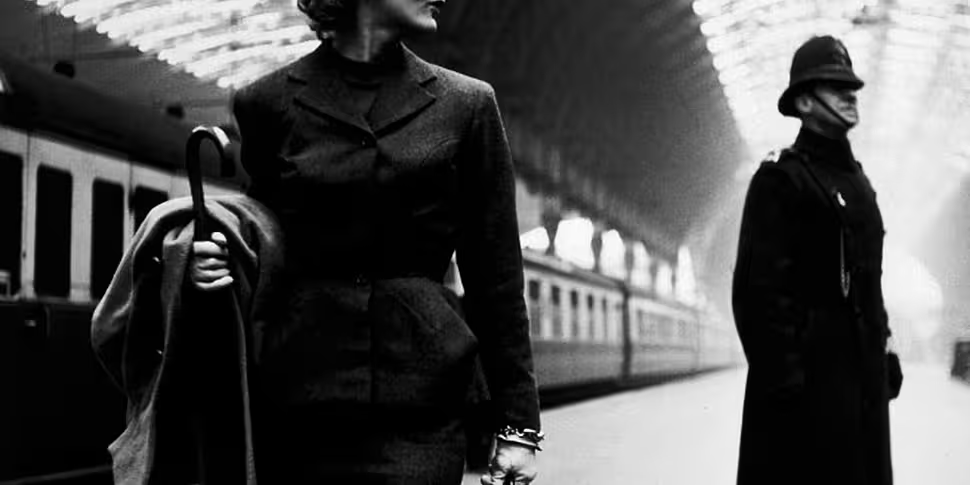The New Spymasters: Inside Espionage from the Cold War to Global Terror
The old joke that ‘Military Intelligence is a contradiction in terms’ has had been told by comedians from Groucho Marx to George Carlin. First appearing in General John Charteris’ memoirs of his time at the military general headquarters during the First World War it captured the idea that war was a place of brute force and ignorance. As the 20th century advanced though espionage and intelligence gathering became far more important to national security.
By the outbreak of the Cold War spying, and in-turn dealing with enemy spies, had become a well versed art and an accepted institution around the world. A popular romantic image of spying soon emerged thanks to figures like James Bond. Though the reality was far from the suave derring-do seen on the silver screen this romantic image has persisted.
Even as the world and technology changed the central Bond figure has remained, largely, unchanged. The reality has always been a far cry from this romantic image though.
In The New Spymasters investigative journalist Stephen Grey brings the real world of modern espionage to life. Starting in the Cold War he looks at how intelligence services have tried, succeeded, and failed in securing their national security from the threat of foreign agents, native radicals, or terrorist extremists.
Looking at the methods and tools used by spies, the threats they tackle, and how all of this has changed Stephen brings to life the world of espionage, from the Cold War to today. This is a great read for anyone interested in the history of spying and intelligence agencies.
Fashion on the Ration: Style in the Second World War
So often overlooked in favour of other aspects of society what people wear tells us a lot about them and their place in history. While espionage was undergoing its own revolution during the Second World War so too were many other aspects of the world. One of the most radical of these was the world of fashion.
As supplies ran short around the world people cut back and rationed to help their war effort. ‘Make-do and Mend’ became the watchword for clothing. In Britain the Board of Trade had begun dictating the length of socks. Yet the world of high-fashion continued to operate and magazines gave advice and opinion while talking about the latest trends.
Amidst all of these state controls, fashion advice, and material shortages people continued to explore fashion and express themselves through what they wore. This combination saw a fashion revolution as clothes became more functional and simpler, yet still expressive.
In Fashion on the Ration Julie Summers delves into the world of fashion in the ‘40s and how it changed and even flourished under rationing and government restrictions. We also get a glimpse at the people behind the clothes and how fashion featured in their lives under the shadow of war. A good book for anyone interested in the history of fashion or society during the Second World War.









